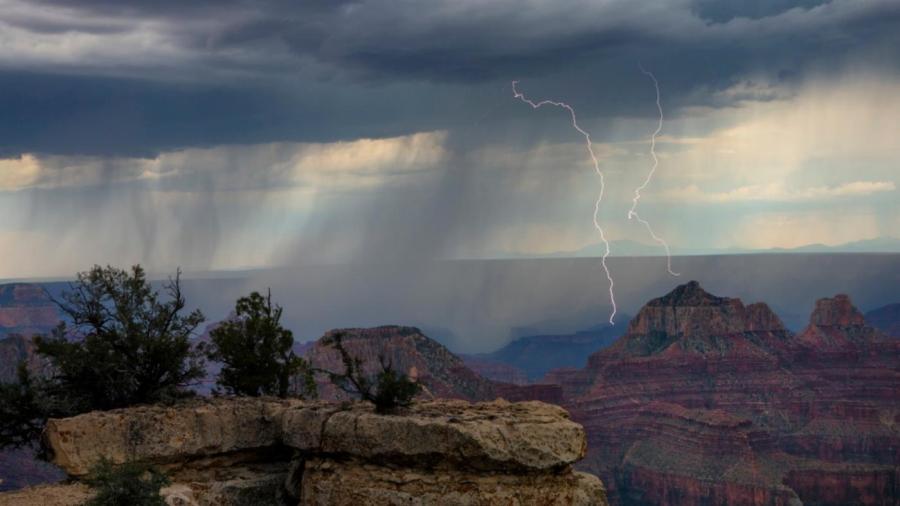How Do Landforms Affect Climate?

Landforms affect climate by altering the wind and rate of evaporation, which can cause changes in the temperature, humidity and precipitation of a region. When storm fronts run into landforms, such as mountains or high plateaus, rain clouds are sometimes blocked. This causes the upwind side of the landform to receive plentiful rainfall, while the downwind side of the structure remains dry.
A perfect example of landforms changing the local climate occurs in South Asia. As the monsoon winds blow over the Indian Ocean, they collect a great deal of moisture. This moisture rains down on much of South India, Bangladesh and Myanmar. However, once the winds slam into the Himalayas, the precipitation cannot travel further. This causes the land north of the mountains to be excessively dry. The Gobi Desert formed in part due to this phenomenon.
The Great Plains of the Midwestern United States provide another example of landforms affecting climate. The land in the center of the country is especially flat with few hills or mountains. This causes great winds to flow across the surface, drying out the local environment as the water is carried far away. Additionally, because this region lies in the same place that the Arctic winds meet the winds coming from the Gulf of Mexico, the region experiences more tornadoes than anywhere else in the world.





